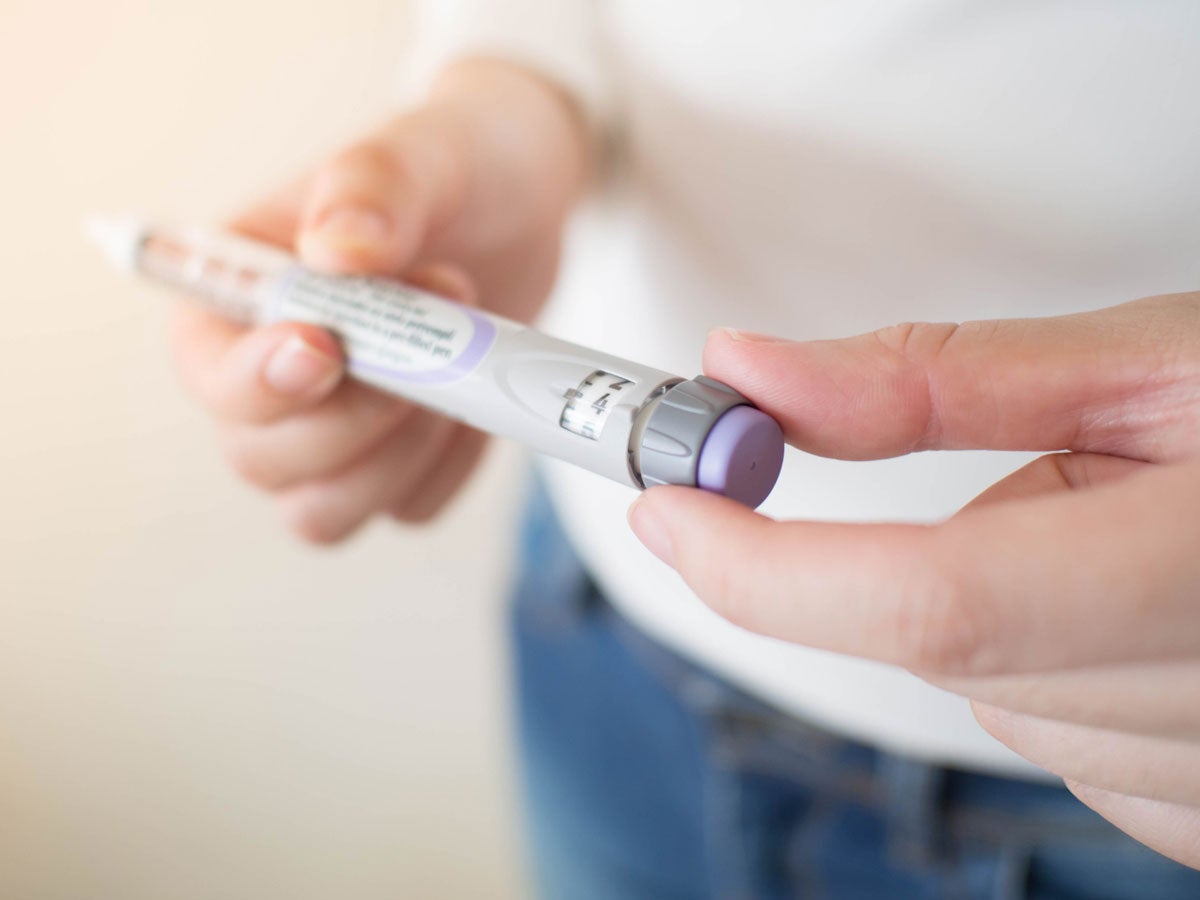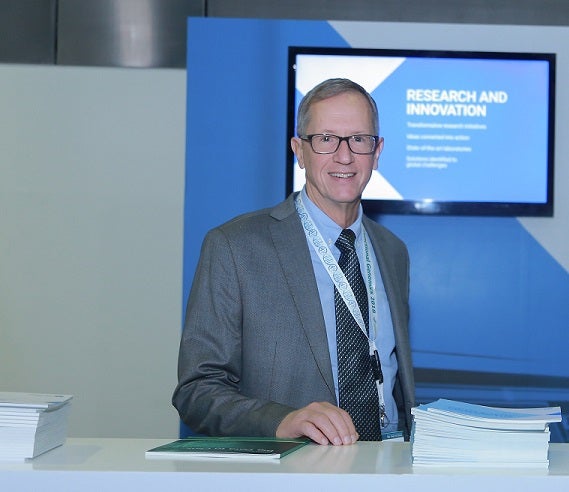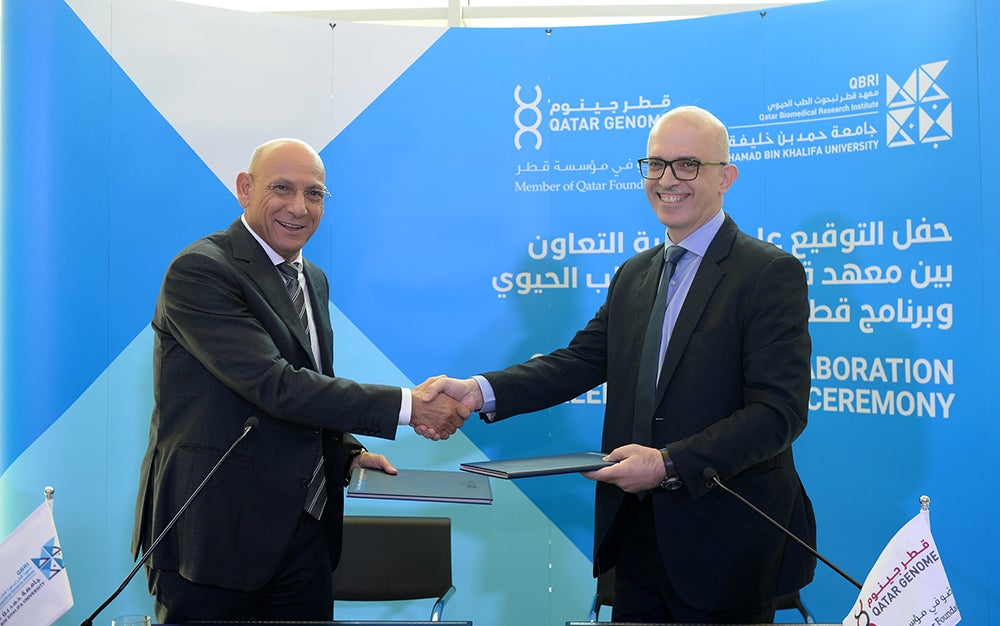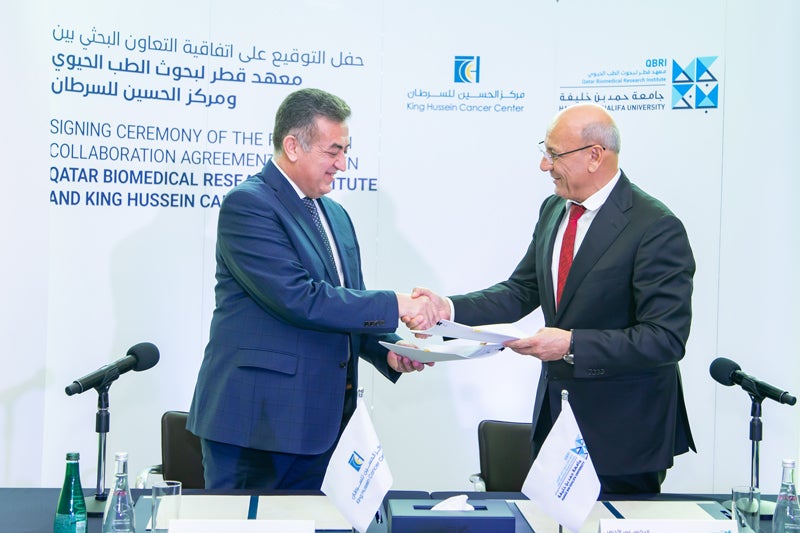
This year is the centenary of the discovery of the hormone insulin, which is created by the pancreas to control the amount of glucose in blood and regulate body carbohydrate, lipid and protein metabolism.
The discovery of insulin came in 1921, when Dr. Frederick G Banting and research student Charles H Best, University of Toronto, Canada, performed the key experiments. Their colleagues, Dr John Macleod and Dr James Collip, advised on the design of the experiments and produced a high-quality insulin extract from bovine pancreas. In 1923, the Nobel Prize in Physiology or Medicine was awarded jointly to Dr. Banting and Dr. Macleod "for the discovery of insulin”. They shared their prize money with Best and Dr Collip. Their discovery of insulin has been life-saving for millions of patients with diabetes.
Insulin is key in tackling diabetes, which is one of the greatest health challenges in Qatar. The 100-year milestone is therefore of great relevance to scientists at Hamad Bin Khalifa University’s Qatar Biomedical Research Institute, who carry out considerable research in this field.
The Diabetes Research Center (DRC) at QBRI, has set a number of research focus areas both on type 1 diabetes and type 2 diabetes that are aligned with the Qatar National Research Strategy. Dr. Paul Thornalley, Director of the DRC, said: “QBRI researchers are working on optimization of stem cell-derived insulin producing beta-cells for therapy of patients with type 1 diabetes. They are working on improved understanding of mechanisms of resistance to the hormonal action of insulin to improve prevention and treatment of patients with type 2 diabetes. Insulin is a common feature of diabetes research in QBRI. Research is also ongoing to validate biomarkers for risk prediction of diabetic kidney disease and to identify diagnostic biomarkers of co-morbidities of diabetes – cardiovascular disease, stroke and dementia”.
By integrating basic, translational, and clinical research, the primary objectives of the DRC are to identify the genetic and environmental risk factors and the mechanisms of their contribution to the pathophysiology of insulin resistance, beta cell function, and diabetes in addition to generating functional stem cell-derived pancreatic beta cells in vitro and discovering and validating diagnostic biomarkers and treatments for diabetes and its vascular complications.
When cells in the pancreas called “beta-cells” are damaged and destroyed by the body’s immune system, a deficiency of insulin occurs, and type 1 diabetes develops. This leads to glucose rising above normal levels in the blood. When the muscle, liver and adipose tissue become resistant to the regulatory effects of insulin and the pancreas cannot produce enough increased insulin to compensate, type 2 diabetes develops - also leading to high blood glucose levels. On the occasion of World Diabetes day , QBRI conducted several awareness activities, as part of its diabetes awareness campaign. In collaboration with Qatar Diabetes Association (QDA), researchers from the DRC gave talks covering two topics: “New treatments are emerging for the prevention of type 2 diabetes and diabetic vascular complications”, and “New stem cell research to treat diabetes”.
In addition, QBRI shared a presentation with QDA about diabetes prepared in a simple way to be used within their online awareness campaign platform. QBRI also conducted a webinar titled “Hyperglycemia and COVID-19 Prognosis: Therapeutic Challenges”, featuring an international expert in diabetes. Finally, a social media awareness video was produced to raise awareness about diabetes and QBRI’s diabetes research center efforts.
Centenary of the discovery of insulin
Related News

HBKU Among Partners and Major Contributors at Sidra Medicine’s CUDOS Congress 2019

HBKU’s Qatar Biomedical Research Institute Signs Collaboration Agreement with Qatar Genome Programme

HBKU’s Qatar Biomedical Research Institute Collaborates with University of Warwick Researchers for Pioneering Diabetes Study






